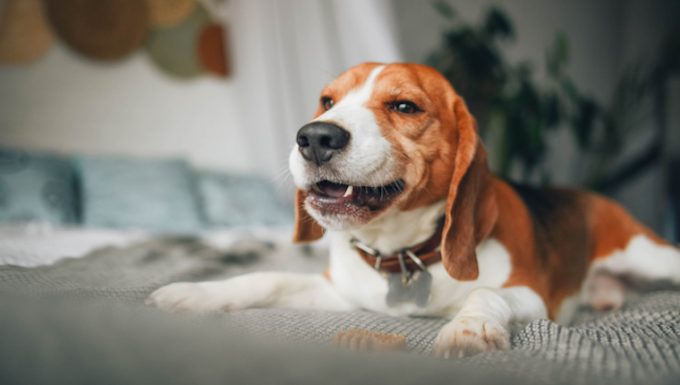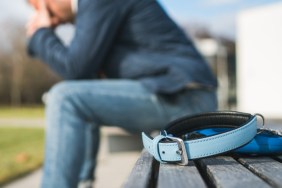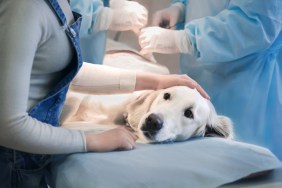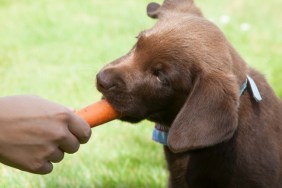Narrowing of the esophagus happens when the tube that connects the throat to the stomach narrows. The condition can affect the way a dog eats food.
Generally, the condition can affect dogs of all ages and breeds.
Technically, the condition is also known as esophageal stricture in dogs.
If you see the signs of the condition…









